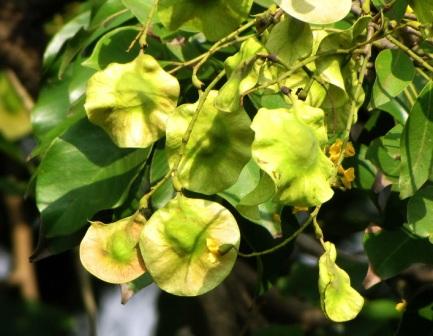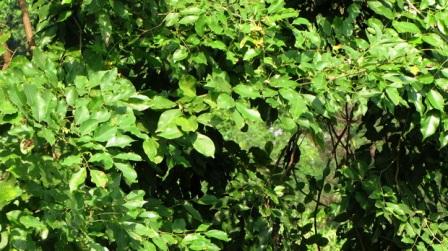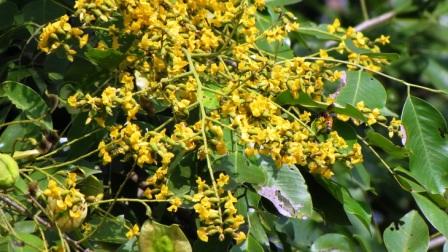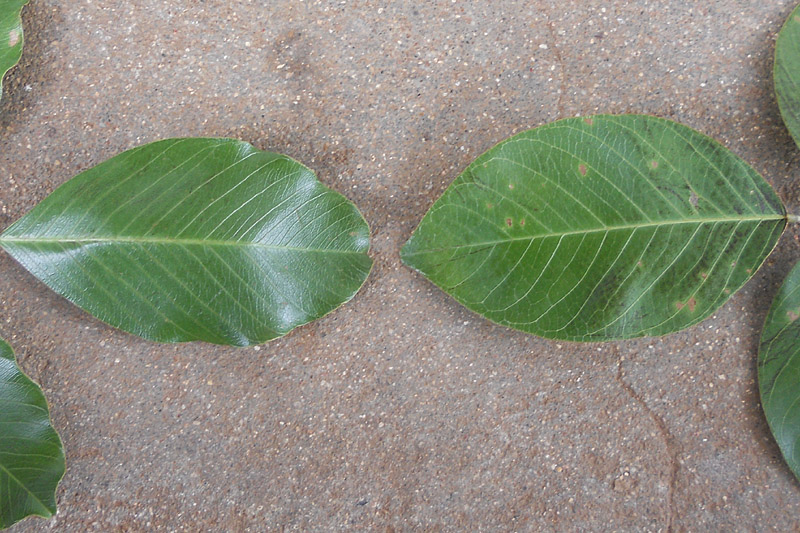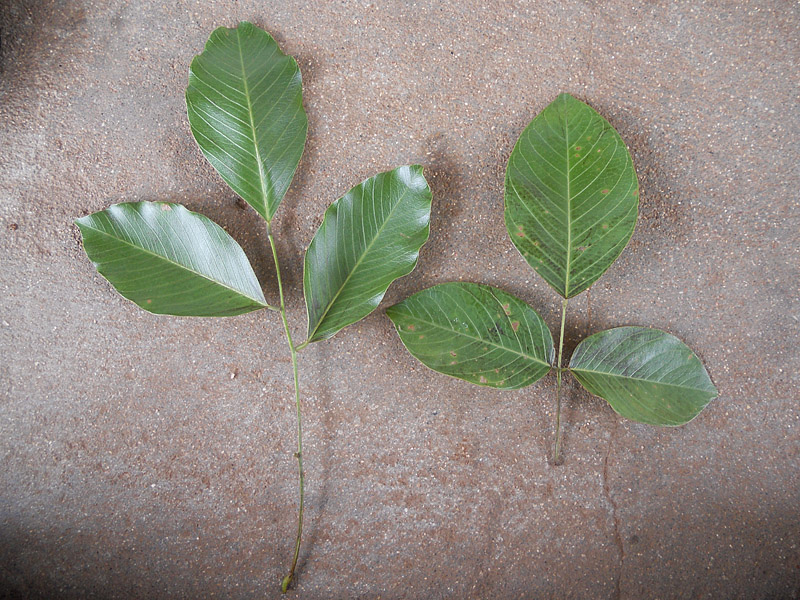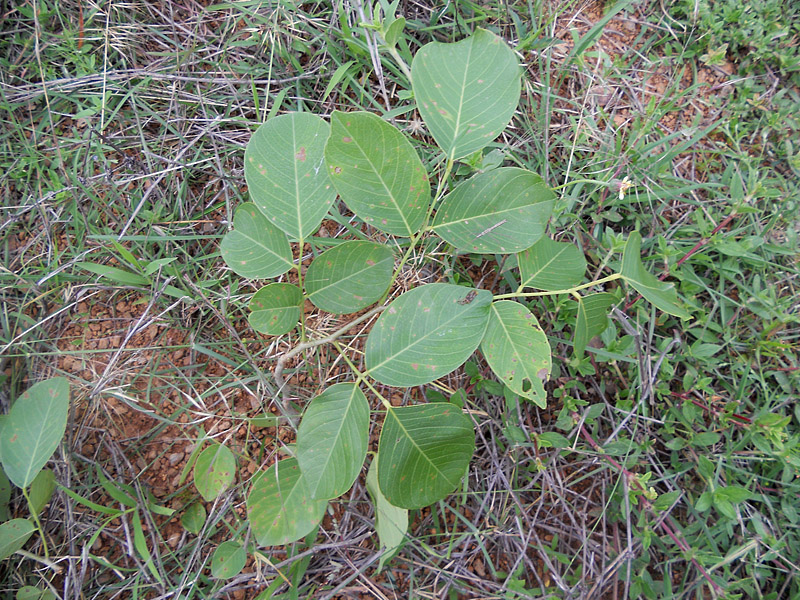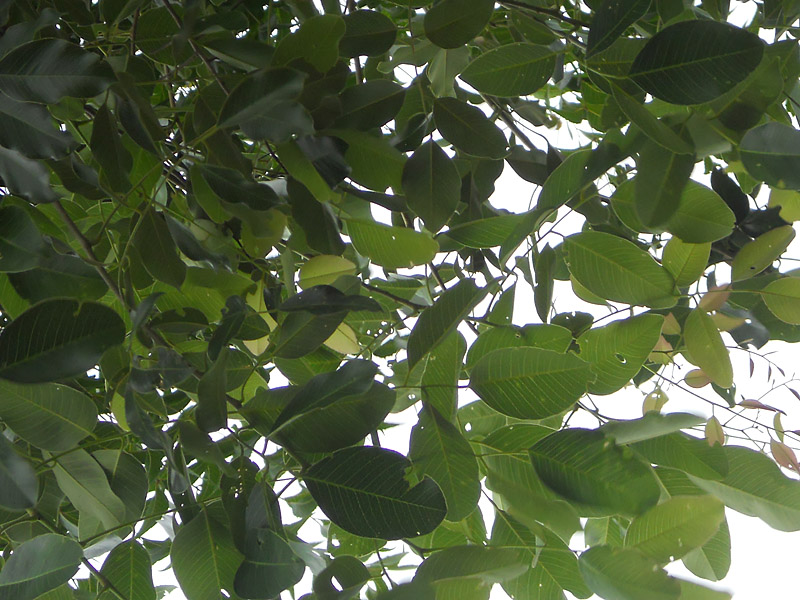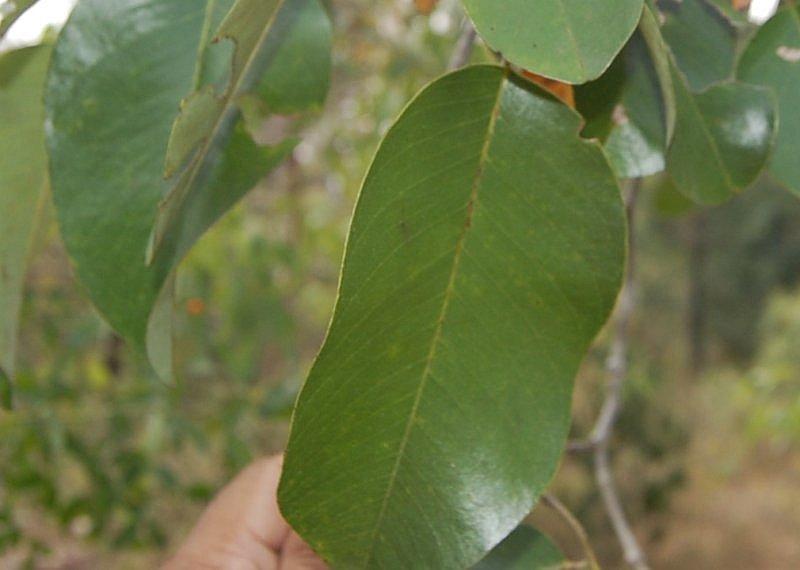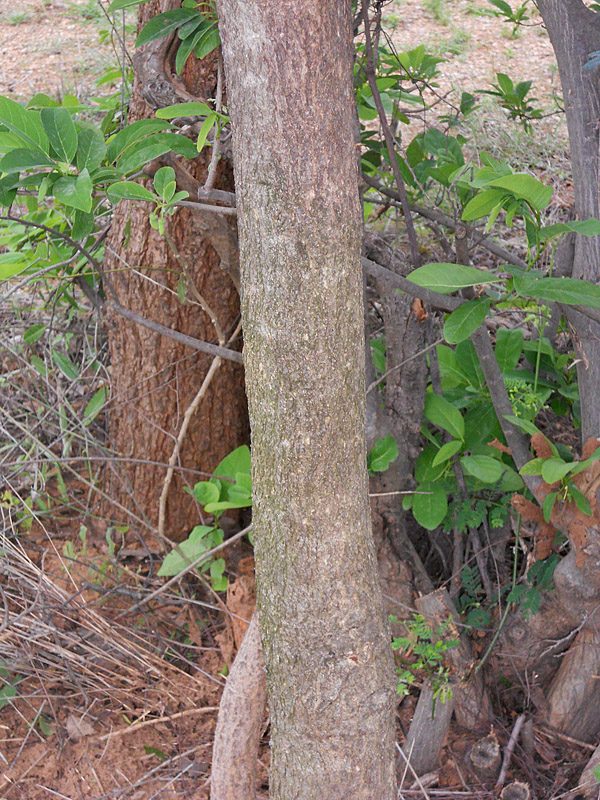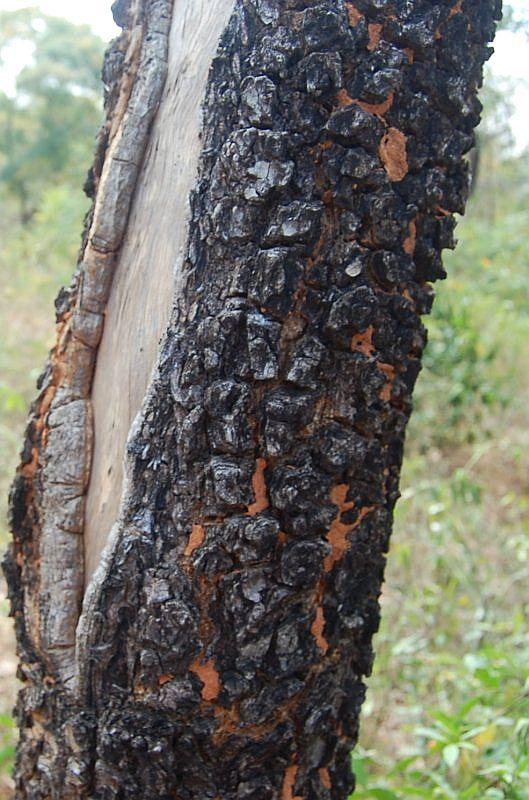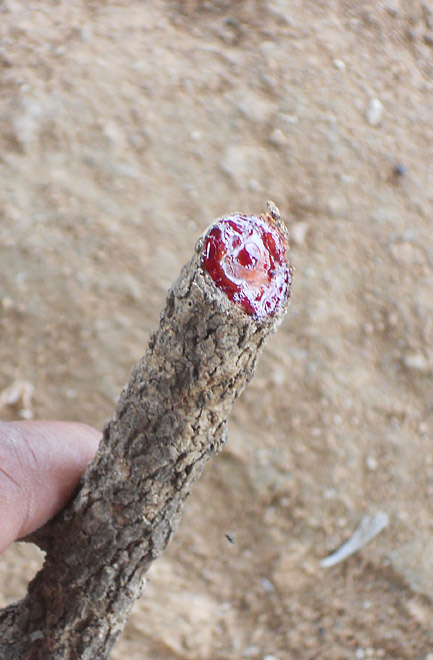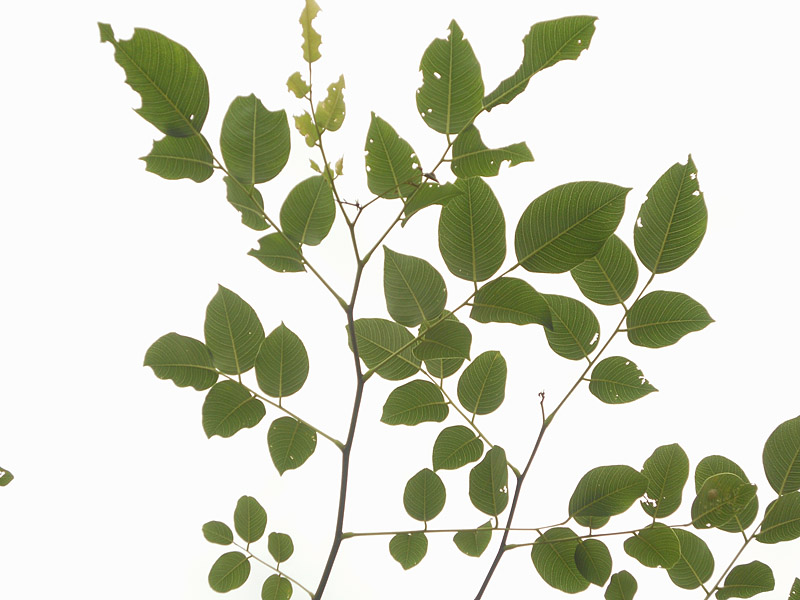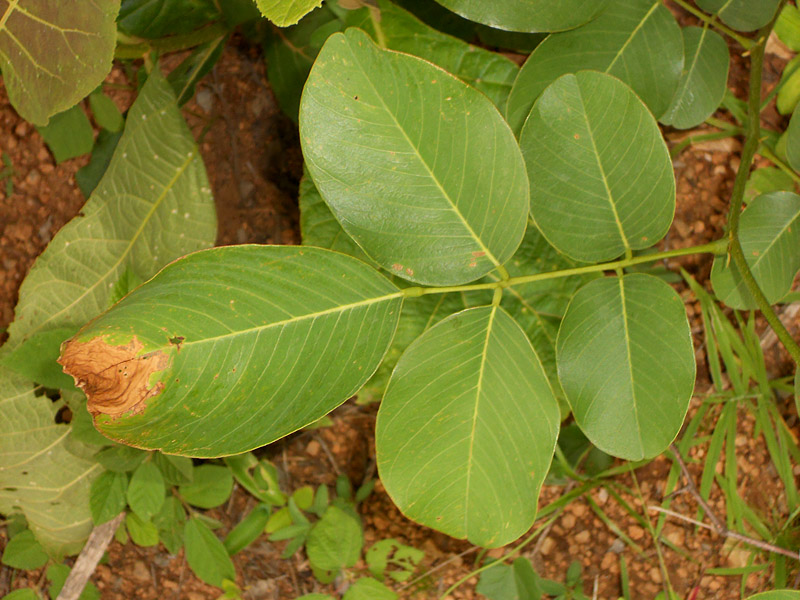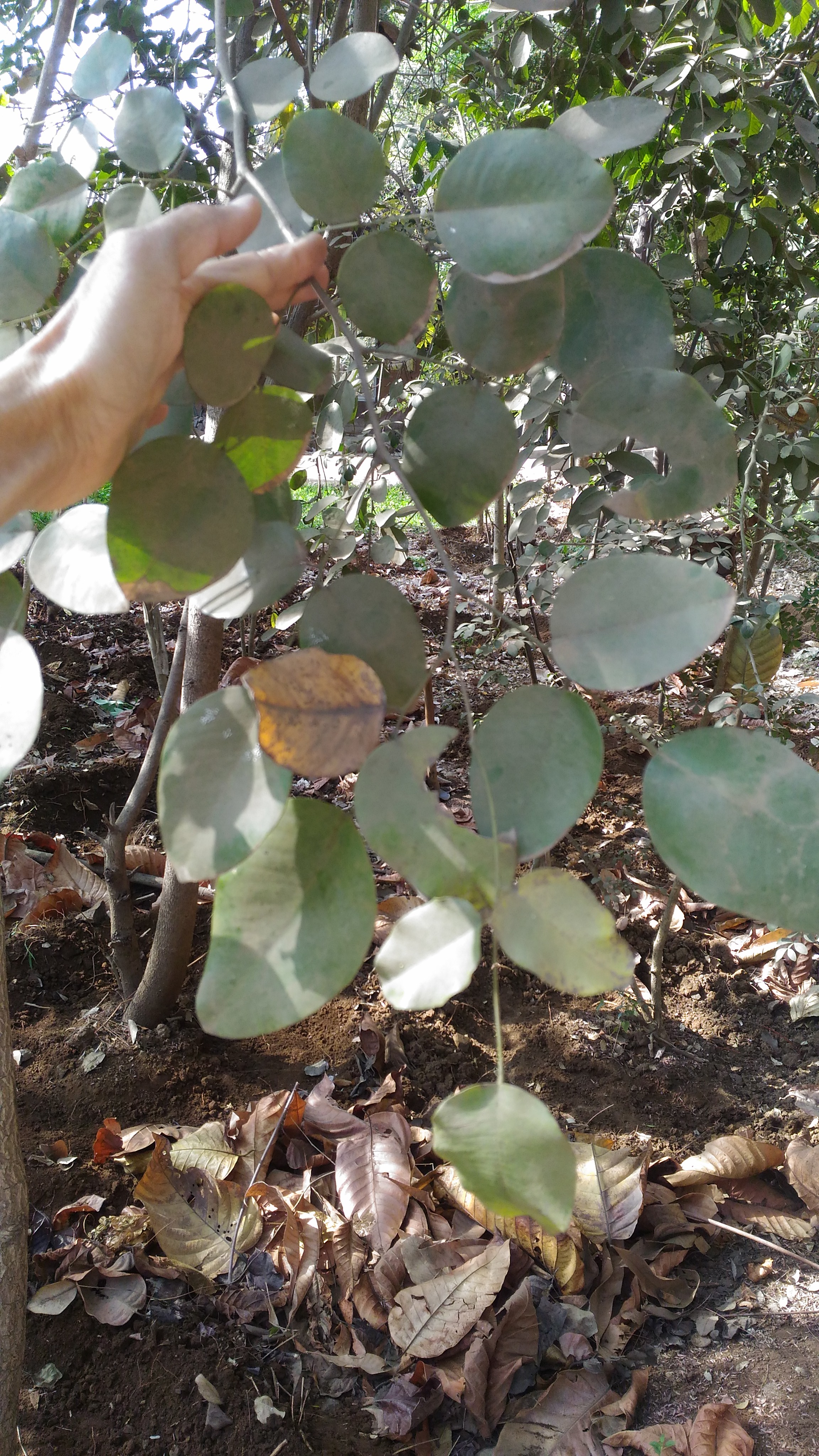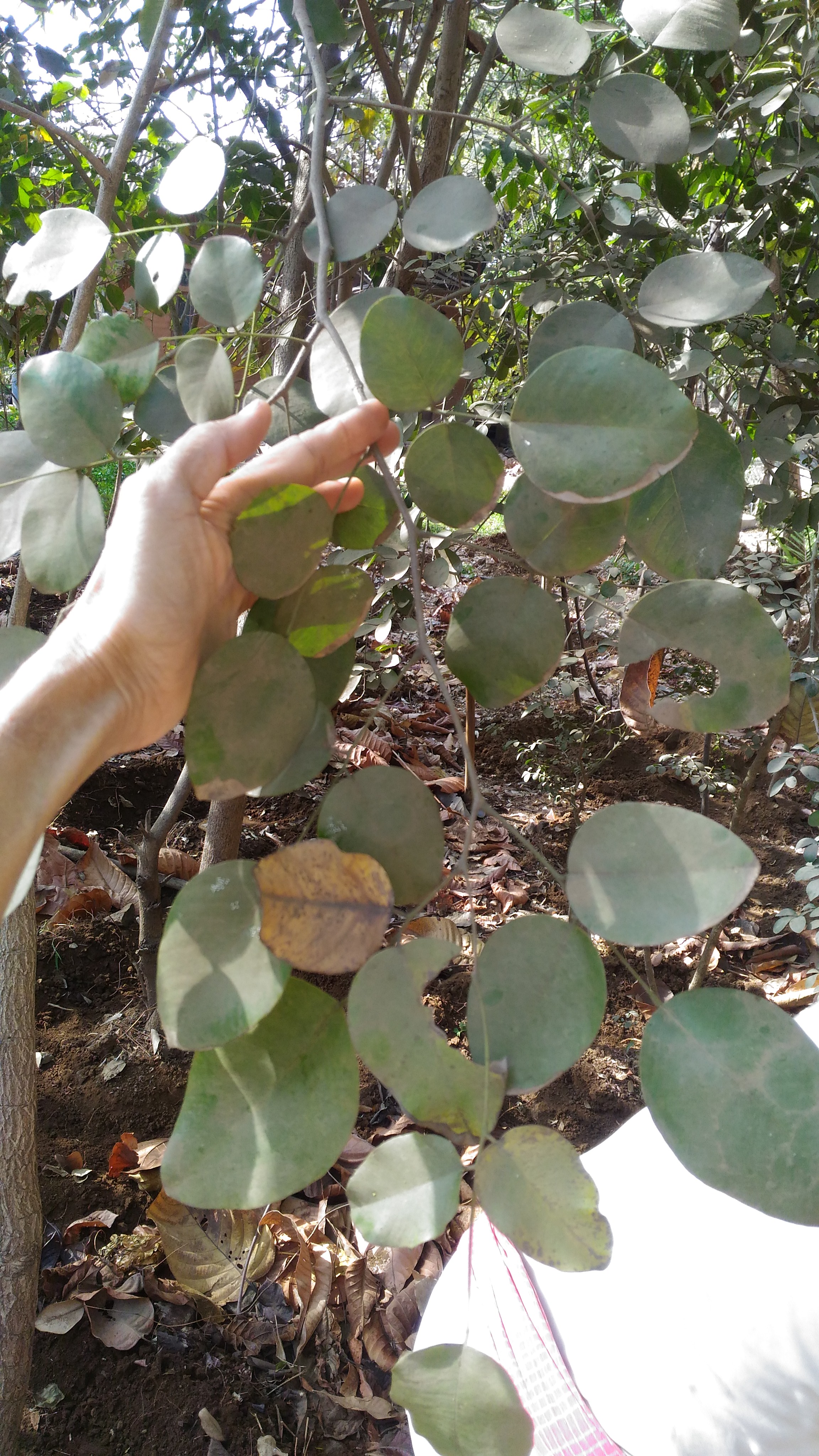|
IUCN Red List Status: Endangered (EN) 121011-MS – 53 – Pterocarpus santalinus: Affirmative, …. It is Pterocarpus santalinus, the Red Sanders.
‘Sandana vengai’ சந்தன வேங்கை in Tamil. It is endemic to Andhra Pradesh (Chittoor dt.) and extensively planted by Forest dept. in the forests of TN. Agree with … The Red Sanders tree occurs naturally only in a small area of Andhra Pradesh & adjoining parts of Tamil Nadu. I think the major portion of its wild population occurs in AP. Even though Gamble mentions its presence in the Hills of Cuddapah, S. Kurnool, N. Arcot and Chingleput, we have not come across its wild populations during our surveys in the latter two districts (of TN). The wild occurrence might be very sporadic or disappearing. What we observed in these districts were plantations, mixed or monoculture, by the FD. Wherever it is planted, it runs wild…we have seen hundreds and thousands of seedling and saplings in the plantation areas and its surroundings, espl. in Chengalpattu dt. Seed germination of red sanders seem to be very successful. But I think it is one of the slow-growing trees. I will be happy to know more about its wild occurrence in TN. Are there any recent reports or sightings?… pl share here.
Fabaceae-Faboideae (Papilionaceae) Week: RVS16: Pterocarpus santalinus:
Pterocarpus santalinus, the Red Sanders, from Talakona, AP.
Tree for ID – Seshachalam Hills – 04022014-NAW1 : Attachments (5). 3 posts by 3 authors. This is our renowned red sander tree endemic to Seshachalam range, Pterocarpus santalinus, legume family (Fabaceae), the wood is precious, forest department has established several plots of this tree. It is closely related to Vijaysar (Pterocarpus marsupium ) where the number of leaflets more and narrow Good explanation. Hope every one do the same.. Pterocarpus santalinus L.f. SN May 35 : 1 post by 1 author. Attachments (2). Pterocarpus santalinus L.f, Fabaceae,
endemic to Seshachalam Hills,
cultivated tree near Denkanikota Tamilnadu Habit: Tree
Place: Bangalore University Campus, Bangalore
Date of Pic taken: 16.08.2014
I am confuse either this species is Red sandal or What? Please identify.. Yeah, its a Pterocarpus If it is having only 3 leaflets, it is Pterocarpus santalinus, the red sandal wood. May be it is Pterocarpus marsupium. No it is Pterocarpus santalinus only Place: Bangalore University Campus, Bangalore
Date of Pic taken: 16.08.2014
Leaves are alternate, leaflets 3 and alternate few branches and opposite in some branches.
I am confuse either this species is Red sandal or What? Please identify.. It looks like Pterocarpus santalinus to me too.
Here is a key: 1a Leaflets 5-7, rarely 3, elliptic-oblong; wings of pods broader………………..1. P. marsupium 1b Leaflets always 3, broadly ovate-suborbicular; wings of pods narrower……2. P. santalinus Yes it is our famous Red sander – Pterocarpus santalinus. Endemic to Seshachalam range of eastern Ghats (Rayalaseema of Andhrapradesh) . Pterocarpus santalinus identification : 2 posts by 2 authors. Pl. see Pterocarpus santalinus
difference between two Pterocarpus spp: 5 correct images. 4 posts by 2 authors. Pterocarpus spp photographed at two different locations near mysore is attached here for discussion, since, they look different. “”one” is P.santalinus. Key charecter is the axillary flowers. To me Pterocarpus one is like P. santalinus and Pterocarpus two is like P. indicus
Flora at my farm in Hyderabad – Please ID this tree – 3 – efloraofindia | Google Groups Pls help in identifying this plant 04 : 14 posts by 6 authors. Attachments (2)- 2 Mb each.
location : Govardhan Eco Village (100km north of Mumbai) Dalbergia latifolia what is it? is it a tree? a shrub, a herb? planted/desired, weedy/came up on its own? flowers? fruits? habit? habitat ? including soil. please follow our standard format. was sent to you when you were accepted as a member I will go through the format. Didn’t pay good attention to that. ggreat. that’s for the future cases. how about this one here? any data? It is not Dalbergia latifolia; the leaves in the picture are 3-foliate, and it looks like a climber. dalbergia latifolia has imparipiinate leaves with 5-9 orbicular leaflets. This one was planted 3 years ago. It looks to be a tree. and very closely resembles the name that … mentioned. Dalbergia Latifolia I am not trained in botany. however, the plant is not a climber. it is growing like a tree. only 3 years old It is definitely not Dalbergia latifolia. Thanks, …, for the id. To me also appears close to images at Pterocarpus santalinus L.f.
If you think seeing pics of some other parts of this plant can help in better identification, let me know which parts should I capture? I can take pics and post here. Pterocarpus santalinus may not flower where you are. It is not native to your area. The pictures you posted are sufficient. agree with … . Fabaceae: Pterocarpus santalinus L.f.: 1 high res. image.
location/date: University of Agricultural Sciences campus, Bangalore, July 1997 . Fabaceae: Pterocarpus santalinus: 5 high res. images. .   Fabaceae: Pterocarpus santalinus: 2 high res. images. Pterocarpus santalinus, an endemic species from Andhra Pradesh .. collected from Andhra University Campus, Visakhapatnam. . References:
|
Pterocarpus santalinus
Updated on July 4, 2025

